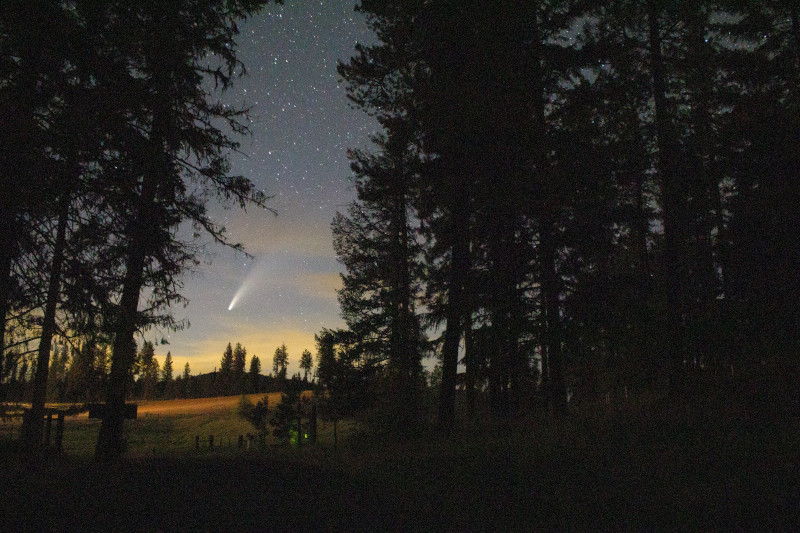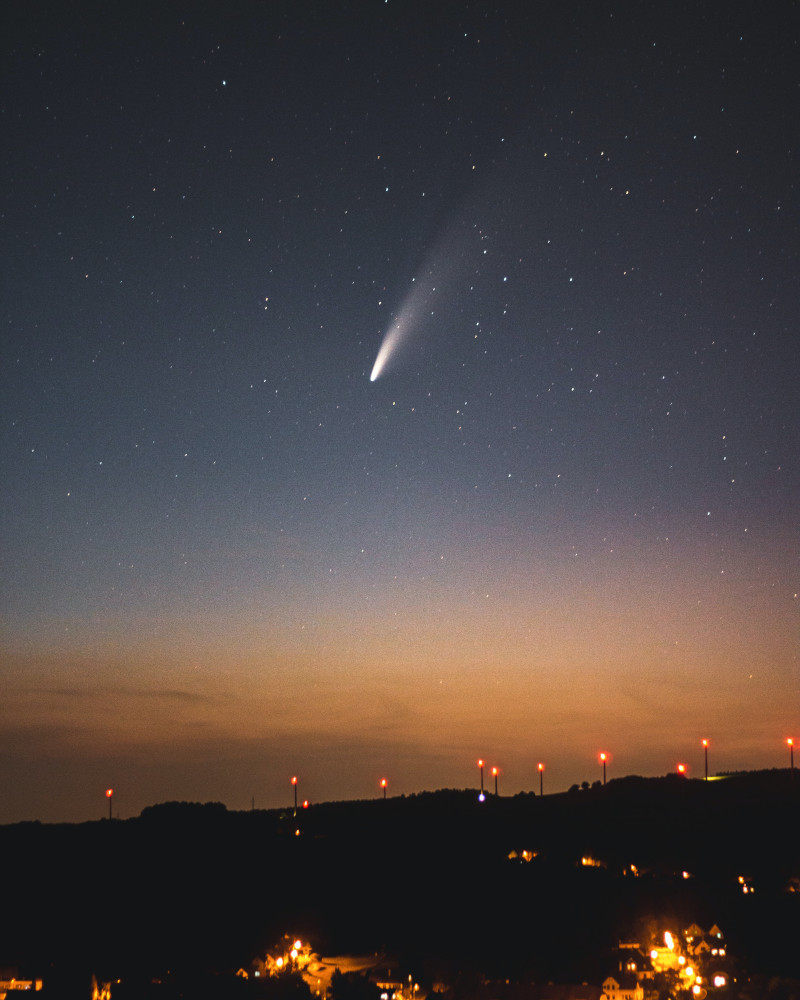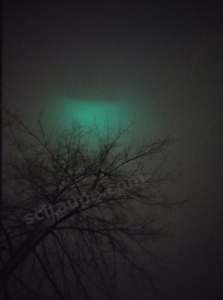
Lo and Behold! A comet from the depths of outer space is passing by!! Comet C/2020 F3 NEOWISE has been spotted on the earthly skies with it’s long, streaky tail emanating from it’s icy nucleus.
Comet NEOWISE – Guest Appearance on the Earthly Skies

Appearing bright on the sky, C/2020 F3 NEOWISE will be closest to Earth on July 22-23, 2020, passing at a harmless distance of around 64 million miles or 103 million kilometres. It will be visible from the Northern Hemisphere. From its infrared signature and visible-light images, scientists suggest that it is about 5 kilometres wide and that the comet’s nucleus is covered with sooty, dark particles left over from its formation near the birth of our solar system 4.6 billion years ago.
The Journey of NEOWISE, the Comet
The comet made its closest approach to the Sun on July 3, 2020. This close proximity to the Sun has heated the comet’s icy outermost layers, causing dust and gas to ooze out and thus creating a large tail of debris. It is expected to cross outside Earth’s orbit on its way back to the outer parts of the solar system by mid-August. It started to appear in the evening sky shortly after sunset on July 11.

Discovery by Project NEOWISE
C/2020 F3 NEOWISE was discovered by NASA’s Near-Earth Object Wide-field Infrared Survey Explorer (NEOWISE) mission on March 27, 2020. NEOWISE project is the asteroid-hunting project Funded by NASA’s Planetary Science Division. In its discovery images, Comet C/2020 F3 NEOWISE appeared as a glowing, fuzzy dot making its way across the sky. Astronomers are utilizing the period of close passage to learn more about it’s composition and structure.
Why is Comet NEOWISE rare?
Astronomers say that Comet NEOWISE will appear next on the skies of Earth only after 6800 years!! This means we will be lucky if we see the icy comet, definitely a once-in-a-lifetime opportunity.
1,344 total views, 1 views today



